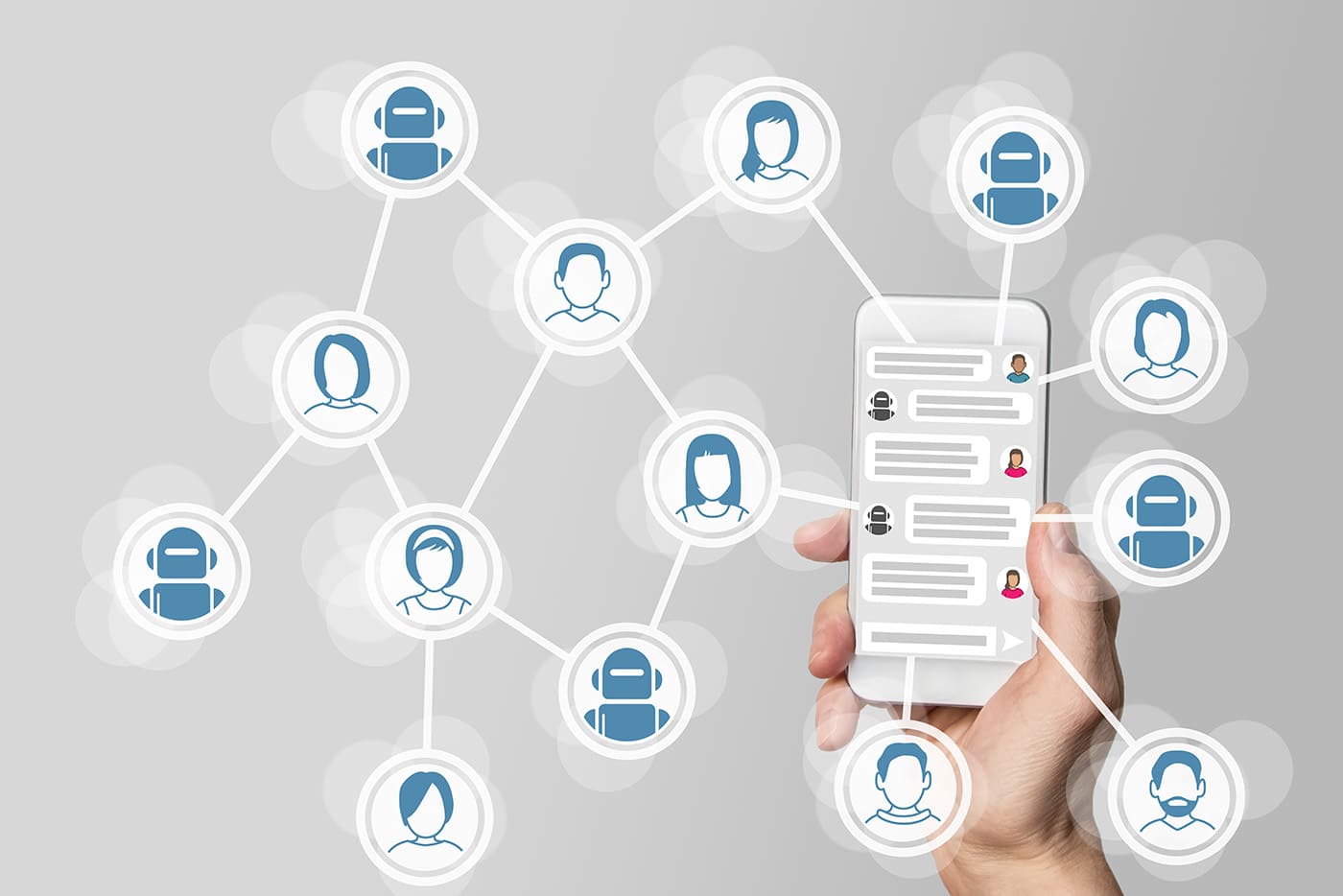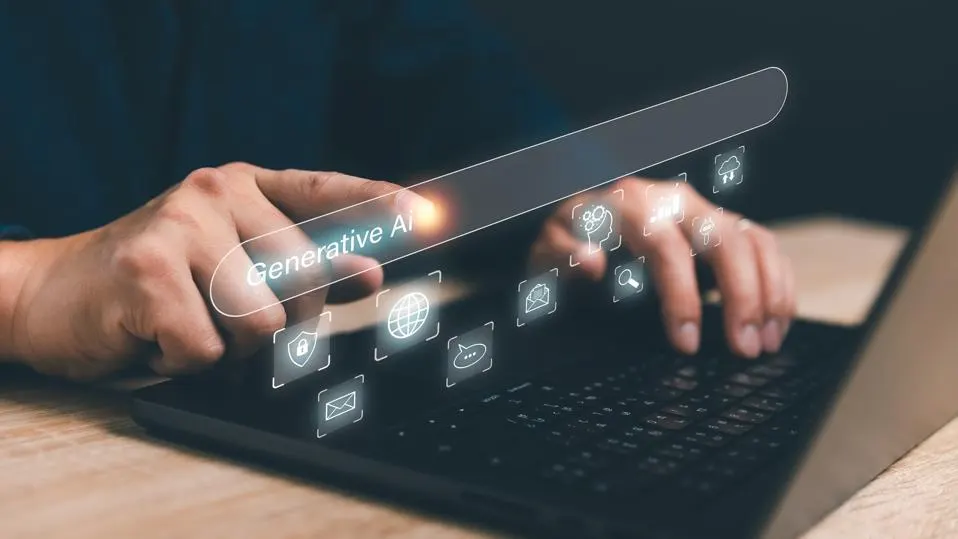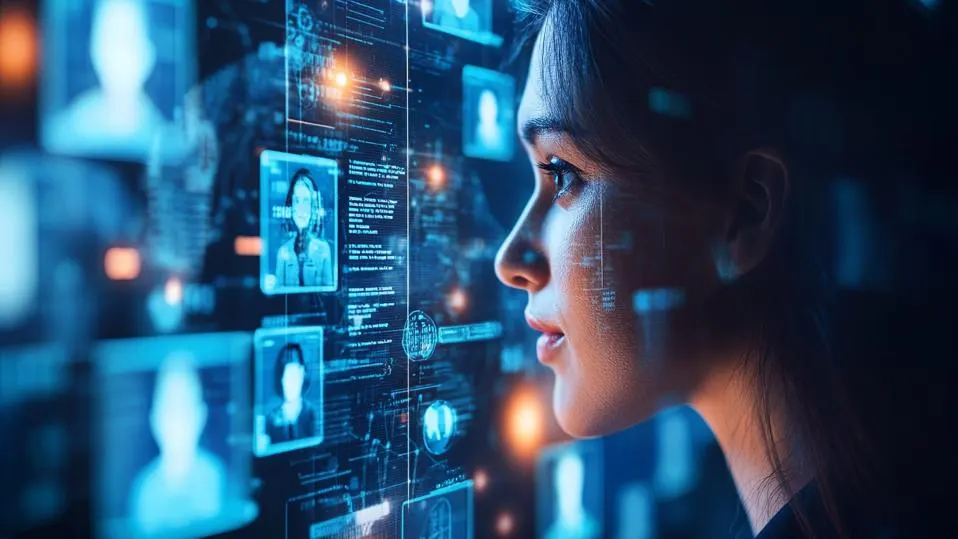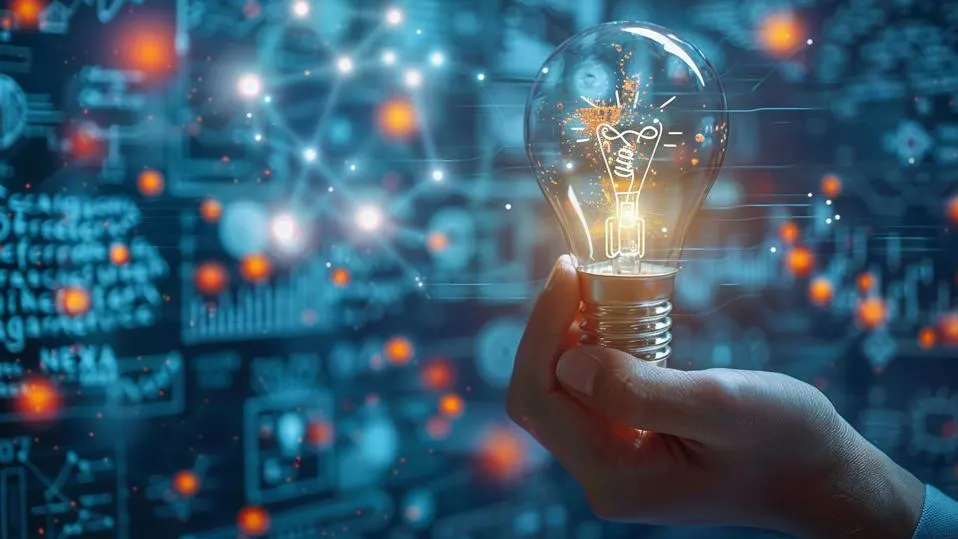ChatGPT: Everything You Really Need To Know
4 January 2023
Unless you’ve been living off-grid for the past few weeks, you’ve probably noticed that the internet is abuzz with excitement about ChatGPT, an AI-based chatbot system that uses natural language processing (NLP) to generate conversations.

ChatGPT enables users to ask questions or tell a story, and the bot will respond with relevant, natural-sounding answers and topics. The interface is designed to simulate a human conversation, creating natural engagement with the bot.
Based on GPT-3.5, a language model trained to produce text, ChatGPT is optimized for conversational dialogue using Reinforcement Learning with Human Feedback (RLHF). Responses from ChatGPT sound quite human-like because they were trained on vast amounts of data written by people.
So what do you need to know about this latest AI-based chatbot system? Here’s a primer that will give you everything you need to know to get started.
Who Created ChatGPT?
OpenAI, a San Francisco-based AI and research company, launched ChatGPT on November 30, 2022. OpenAI also created Whisper, an automatic speech recognition system, and DALLE•2, a popular AI image and art generator.
In the past few years, top research labs have made big strides with AI-generated text tools like ChatGPT, training the bots on billions of written words, including everything from blog posts to classic books.
With the release of ChatGPT, easy-to-use AI-based text generators are now accessible to the masses. The beta version of ChatGPT has already attracted over a million users.
ChatGPT is specifically designed to mimic real conversations, and the bot is capable of explaining, remembering what was said earlier in the conversation, elaborating on ideas when asked, and even apologizing when it gets things wrong.
How Can You Use ChatGPT?
ChatGPT can be used for a variety of applications, including customer service, online shopping, hiring and training staff, streamlining operations, and providing more personalized customer experiences.
ChatGPT can also be used to create interactive storytelling experiences, allowing users to explore and learn from virtual worlds.
Some use cases for ChatGPT include:
- Generating responses in a chatbot or virtual assistant, to provide more natural and engaging interactions with users
- Brainstorming content ideas on keywords or topics
- Creating personalized communication, such as email responses or product recommendations
- Creating marketing content like blog posts or social media updates
- Translating text from one language to another
- Recapping long documents by providing the full text and asking ChatGPT to generate a shorter summary
- Using chatbot-generated answers to create automated customer service tools
If you’re a business leader and you’re looking for ways to make content creation easier or provide customers with a more personalized experience, ChatGPT can be a great tool for you.
How to Get Started With ChatGPT
ChatGPT is in beta right now, and you can get started by going to chat.openai.com. Click “Sign Up” to set up your account.
Once you’ve created your account, ChatGPT will provide examples of what you can do with the tool, and help you through the process of running your first queries.
Right now, ChatGPT is free to use — but the company admits they may need to monetize in the future to deal with “eye-watering” compute costs.
The Limitations of ChatGPT
Although ChatGPT is a powerful AI-based chatbot system, it does have some limitations. It can only provide answers based on the data it has been trained on.
ChatGPT is not a search engine, therefore it does not have the ability to search the internet for information. Rather, it uses the information it learned from training data to generate responses. This leaves room for error — so all output should be fact-checked for accuracy and timeliness.
The chatbot may not be able to provide in-depth information or understand context or nuances in conversation.
As with all AI tools, all business leaders should be aware of the dangers of potential bias. If the data ChatGPT is trained on is biased, the answers the bot provides will be biased, as well. All companies need to be vigilant about monitoring output from the chatbot to ensure it is free of bias and offensive content.
Related Articles
The 12 Best Smart Home Devices Transforming Homes in 2025
By now, “smart” versions exist of just about every home appliance, gadget and gizmos we can think of. However, manufacturers continue[...]
11 Most Reliable AI Content Detectors: Your Guide To Spotting Synthetic Media
Since the launch of ChatGPT just two years ago, the volume of synthetic – or fake – content online has increased exponentially.[...]
The AI-Powered Citizen Revolution: How Every Employee Is Becoming A Technology Creator
Something remarkable is happening in organizations around the world.[...]
6 Mistakes IT Teams Are Guaranteed To Make In 2025
The next wave of artificial intelligence isn't just knocking at enterprise doors - it's exposing fundamental flaws in how organizations approach technology transformation.[...]
2025’s Tech Forecast: The Consumer Innovations That Will Matter Most
Consumer technology covers all of the tech we buy to make our lives more convenient, productive or fun.[...]
7 Healthcare Trends That Will Transform Medicine In 2025
Healthcare has evolved dramatically in recent years, with technology driving countless new opportunities, just as demographic and societal factors have created new challenges.[...]
Sign up to Stay in Touch!
Bernard Marr is a world-renowned futurist, influencer and thought leader in the fields of business and technology, with a passion for using technology for the good of humanity.
He is a best-selling author of over 20 books, writes a regular column for Forbes and advises and coaches many of the world’s best-known organisations.
He has a combined following of 4 million people across his social media channels and newsletters and was ranked by LinkedIn as one of the top 5 business influencers in the world.
Bernard’s latest book is ‘Generative AI in Practice’.










Social Media